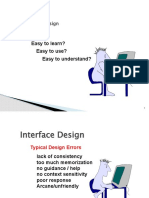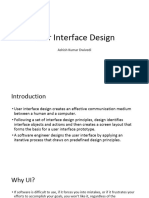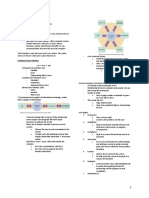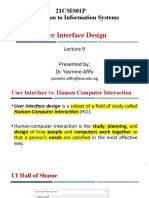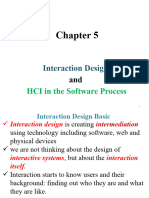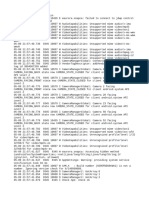0% found this document useful (0 votes)
8 views42 pagesChapter 15 User Interface Design
Uploaded by
prakash125Copyright
© © All Rights Reserved
We take content rights seriously. If you suspect this is your content, claim it here.
Available Formats
Download as PPSX, PDF, TXT or read online on Scribd
0% found this document useful (0 votes)
8 views42 pagesChapter 15 User Interface Design
Uploaded by
prakash125Copyright
© © All Rights Reserved
We take content rights seriously. If you suspect this is your content, claim it here.
Available Formats
Download as PPSX, PDF, TXT or read online on Scribd
/ 42




















